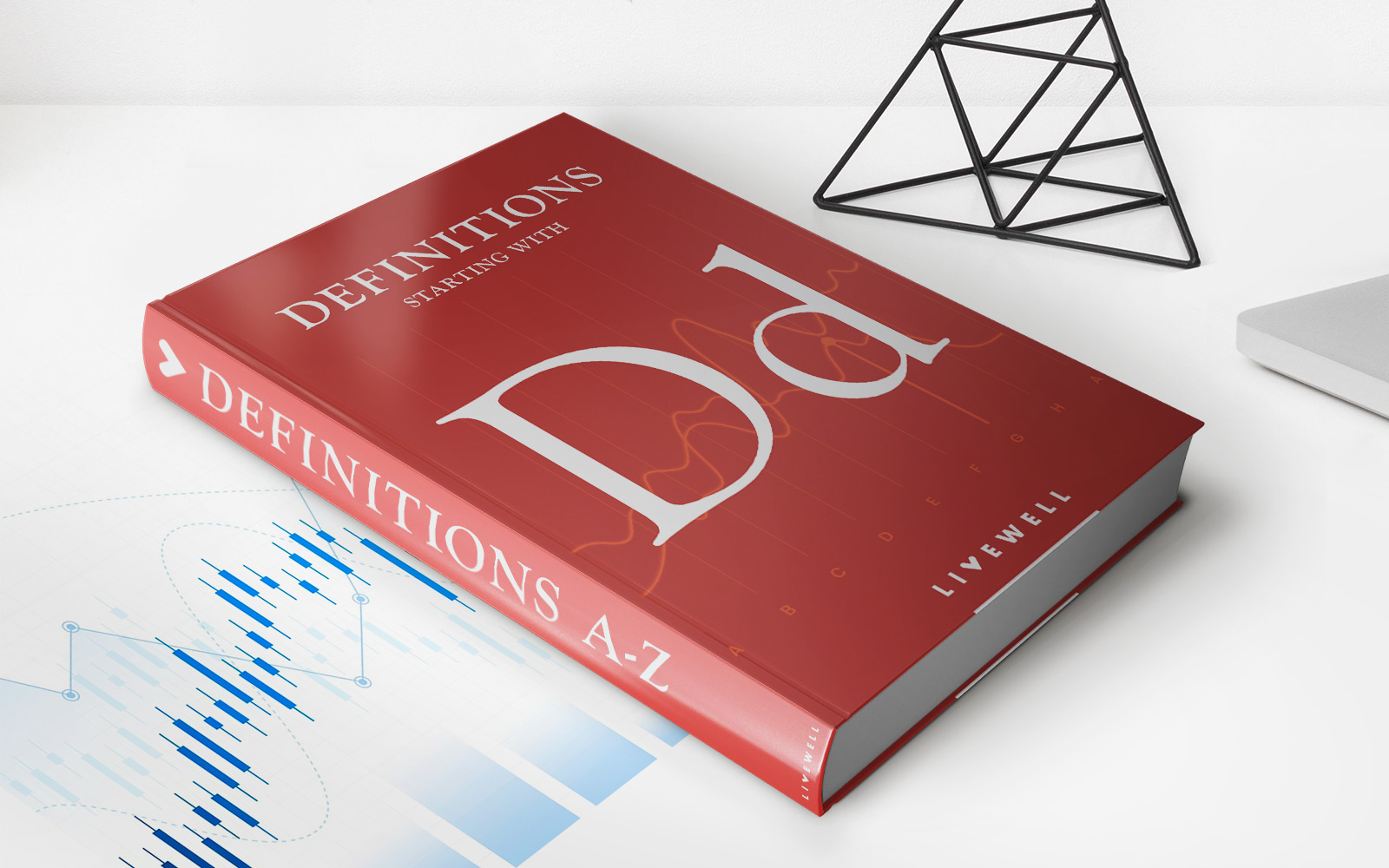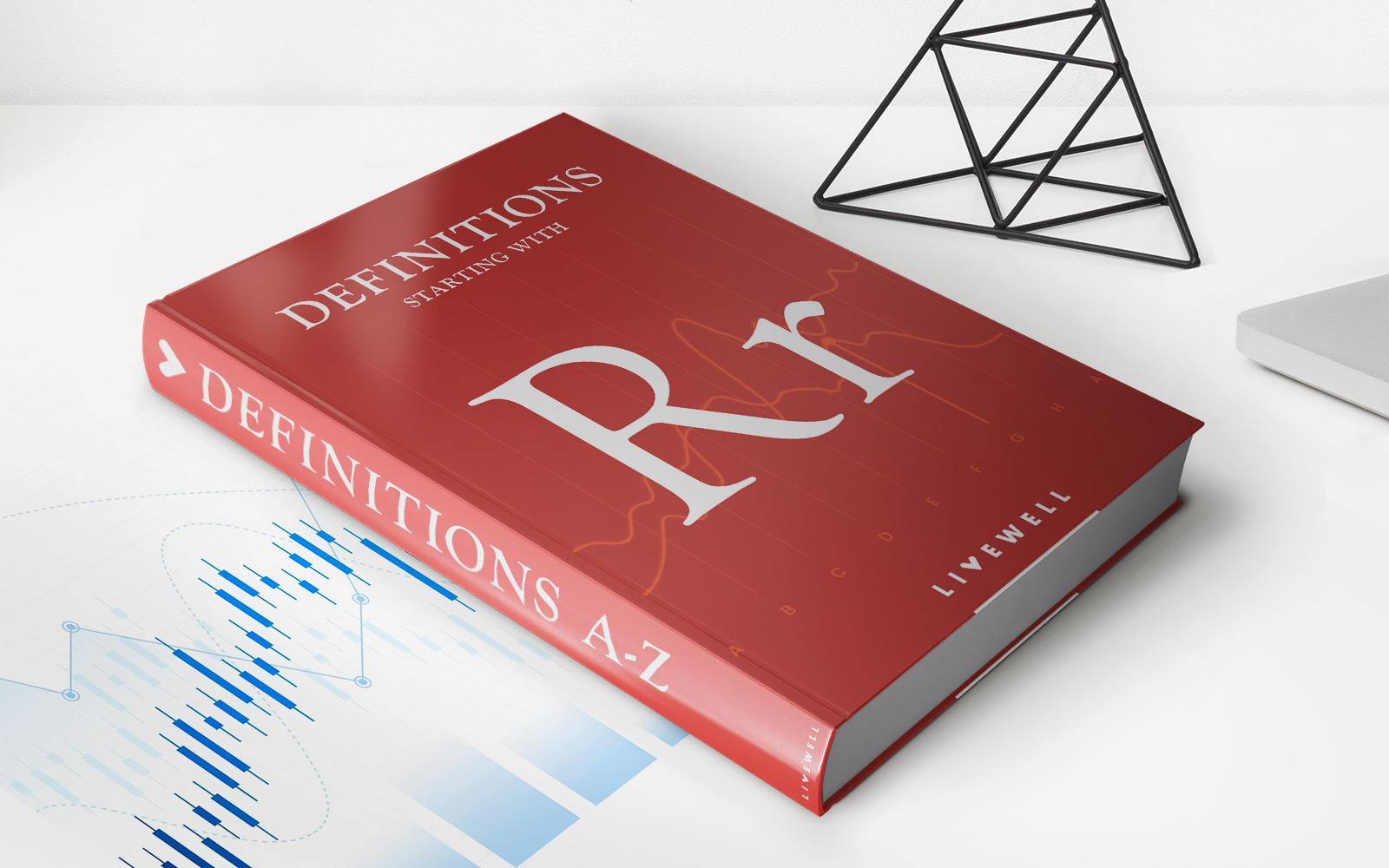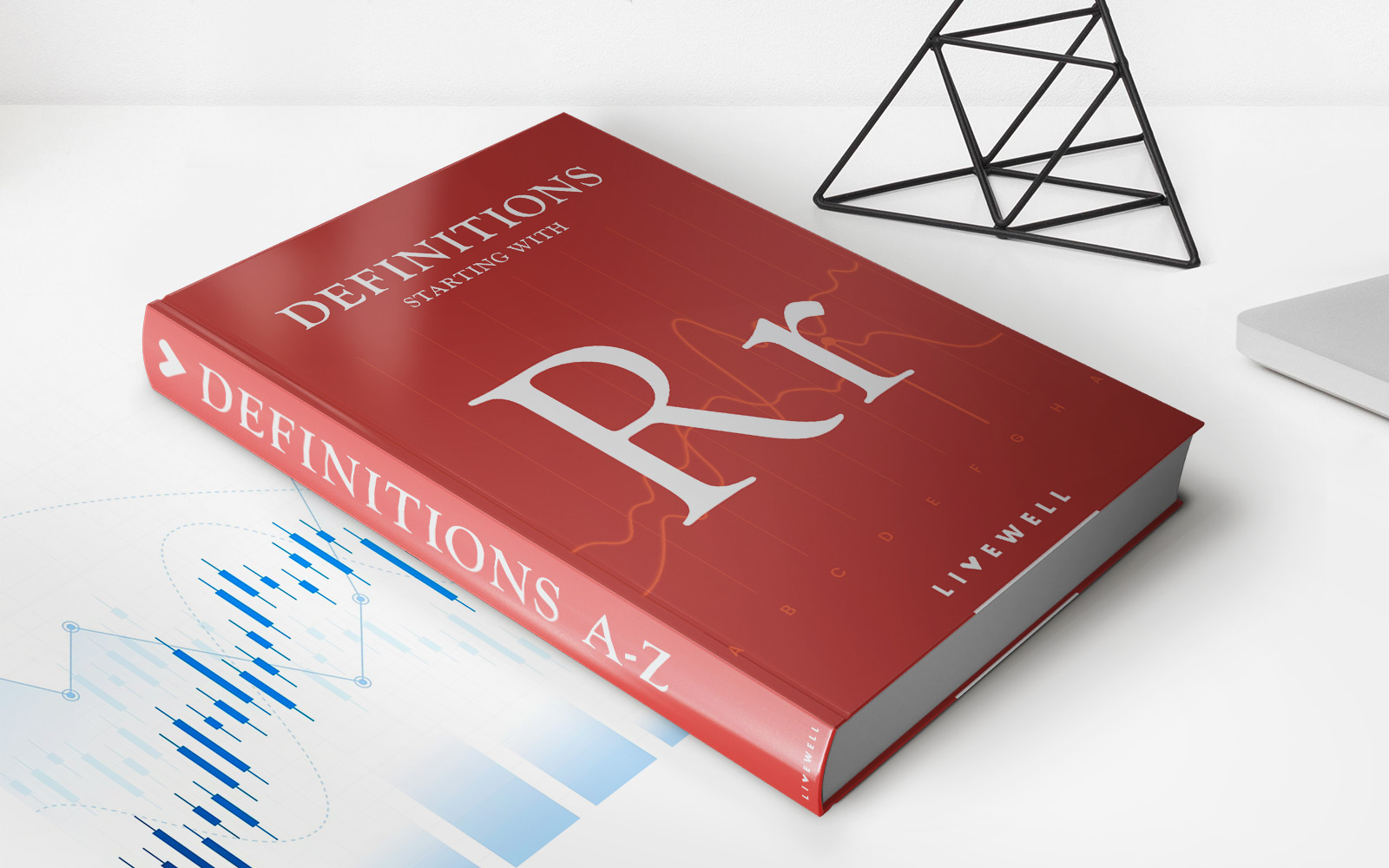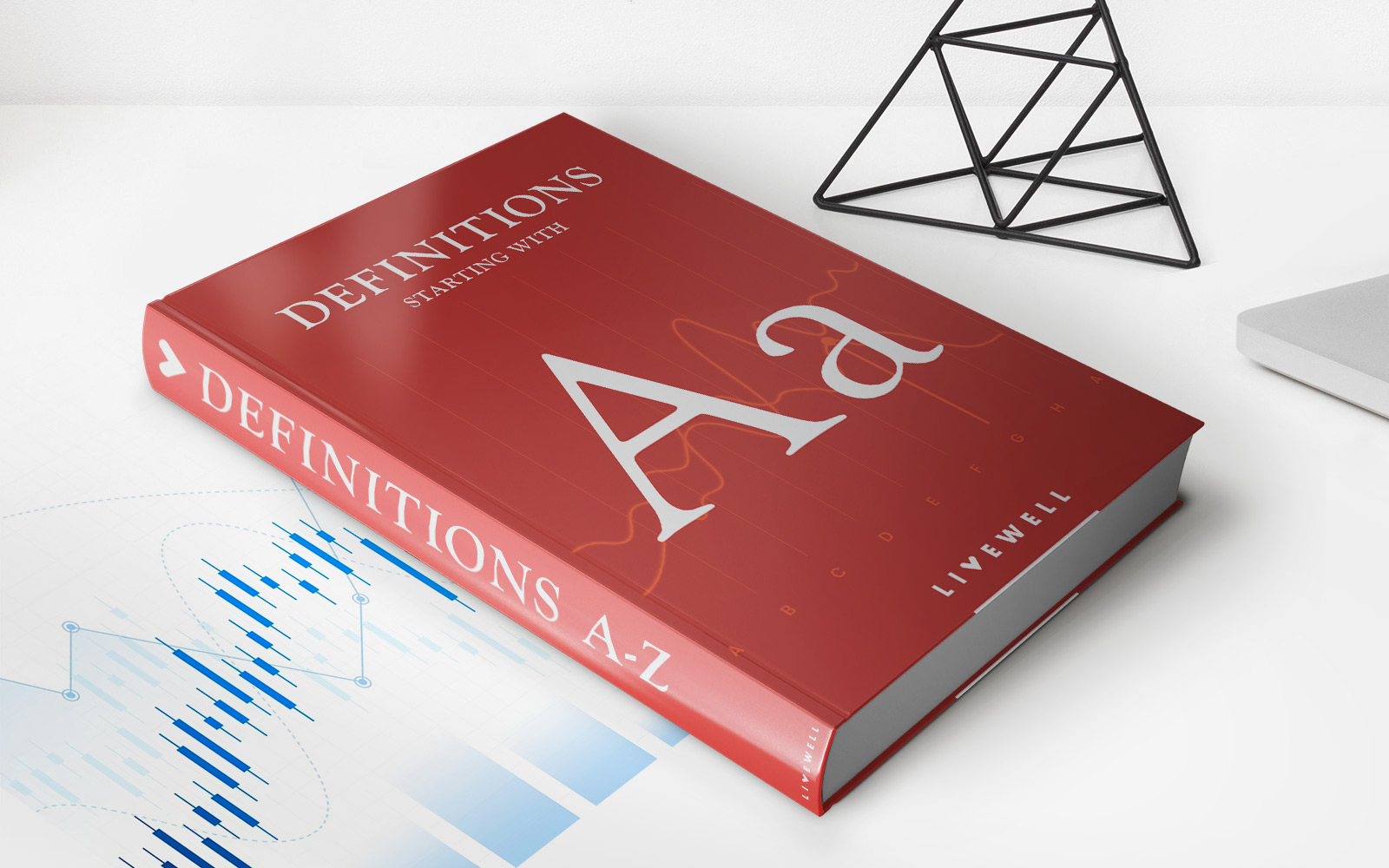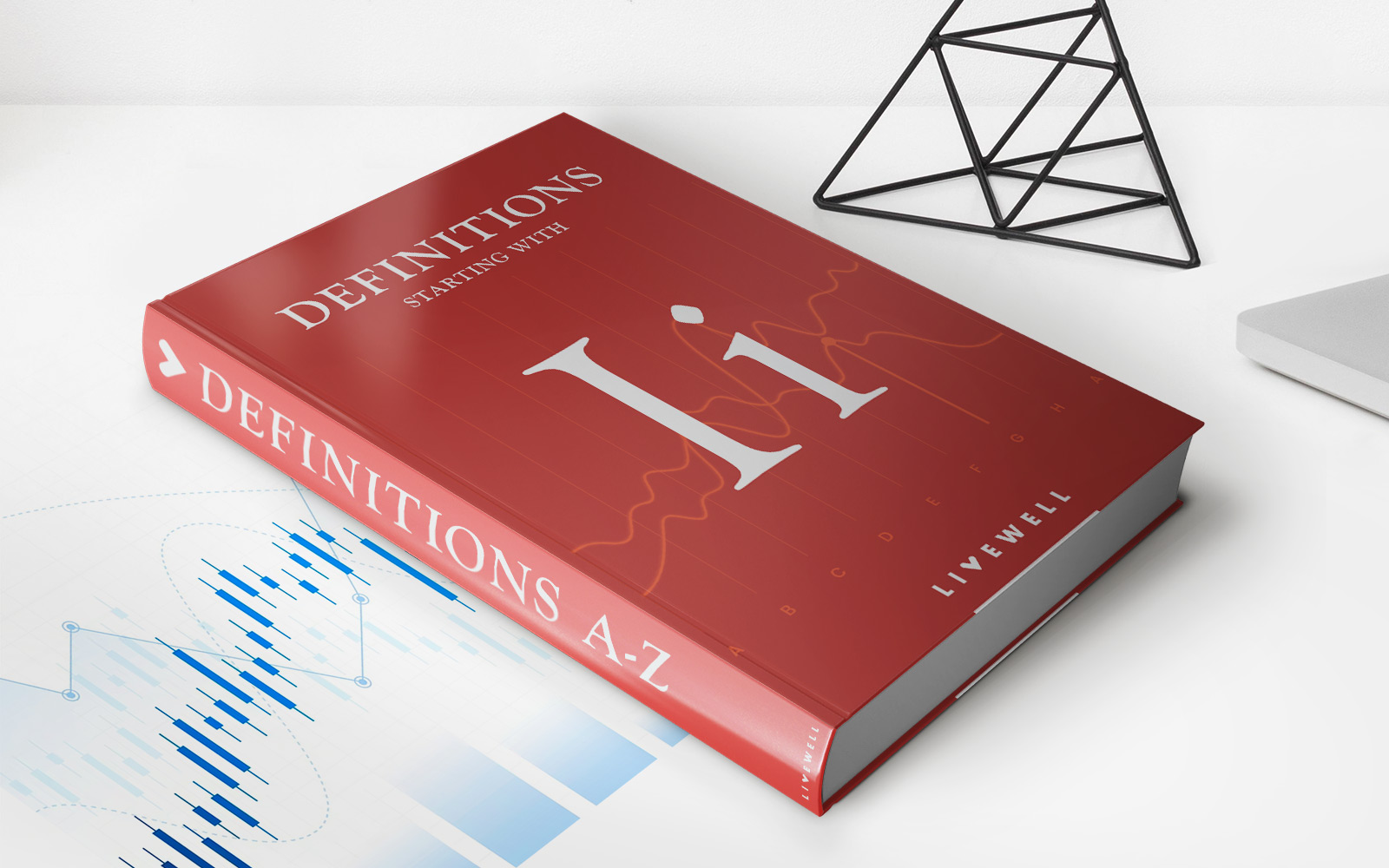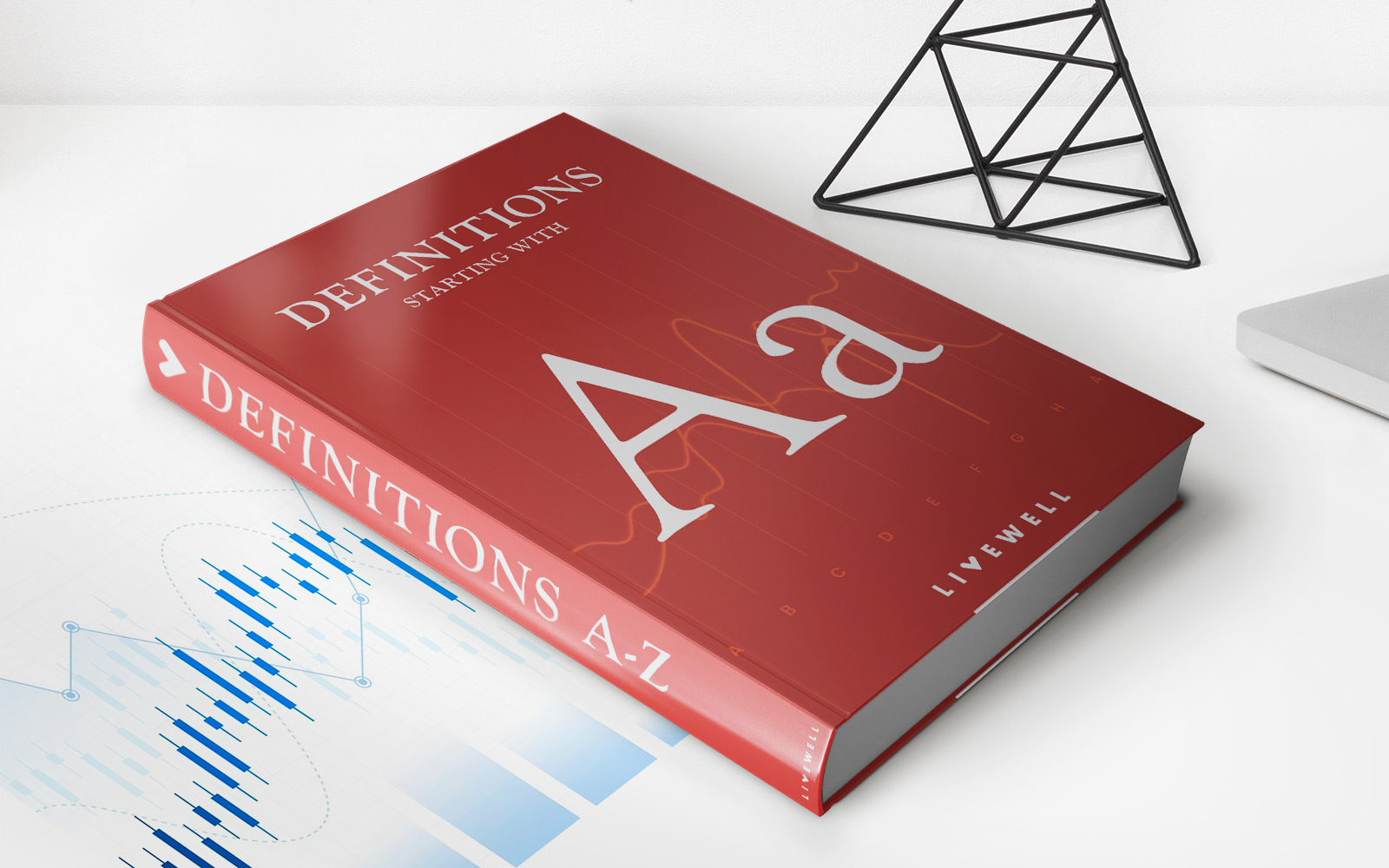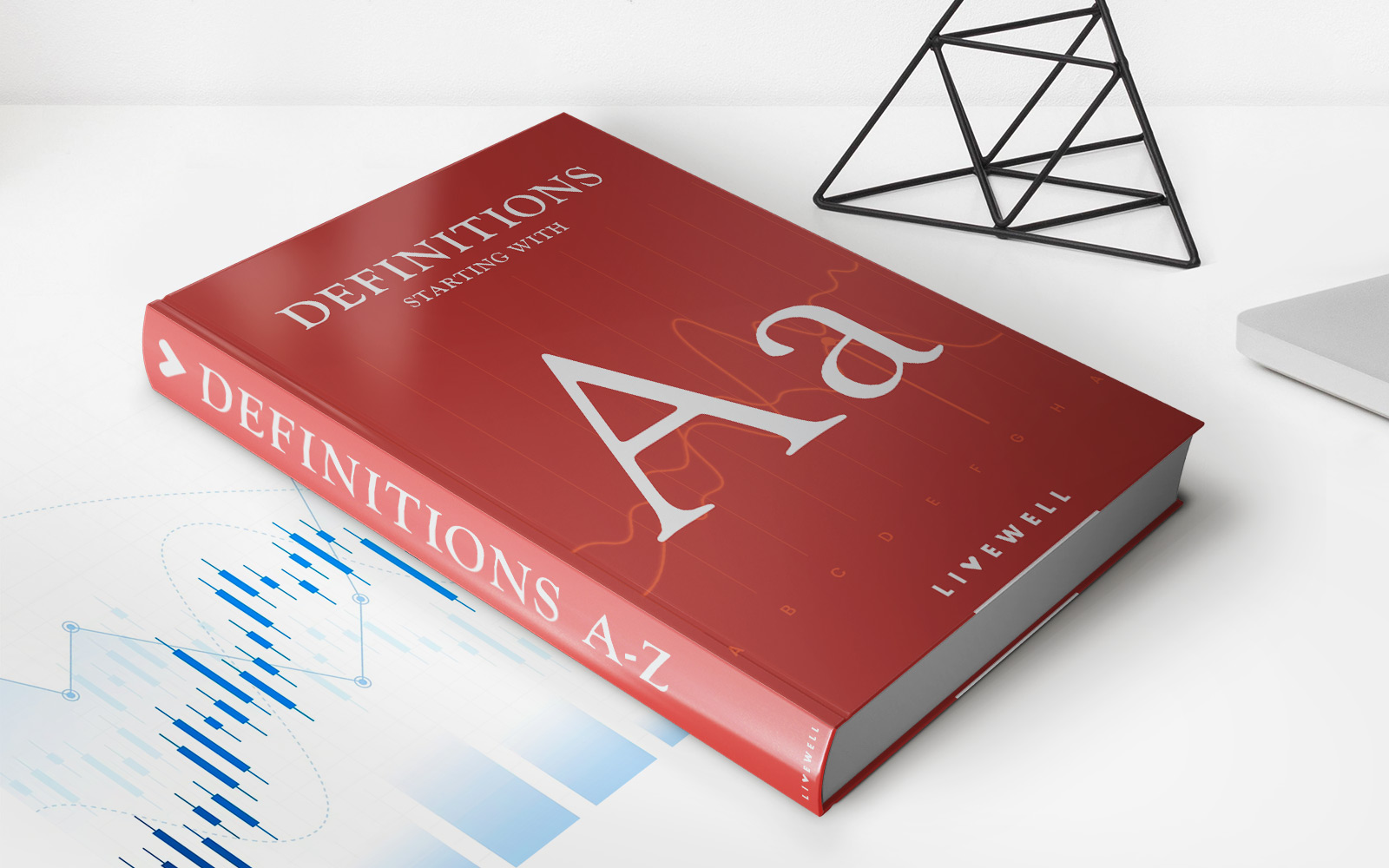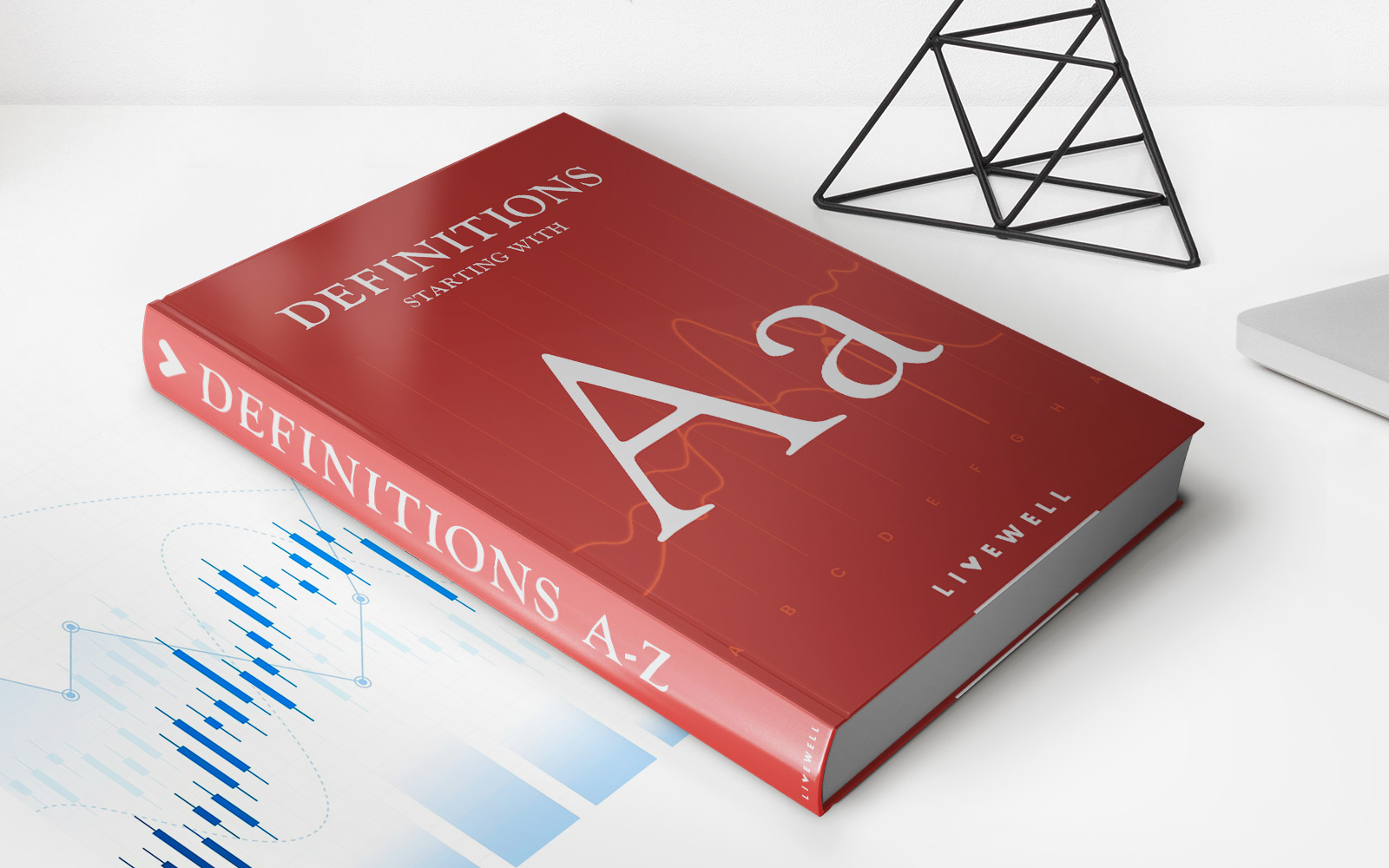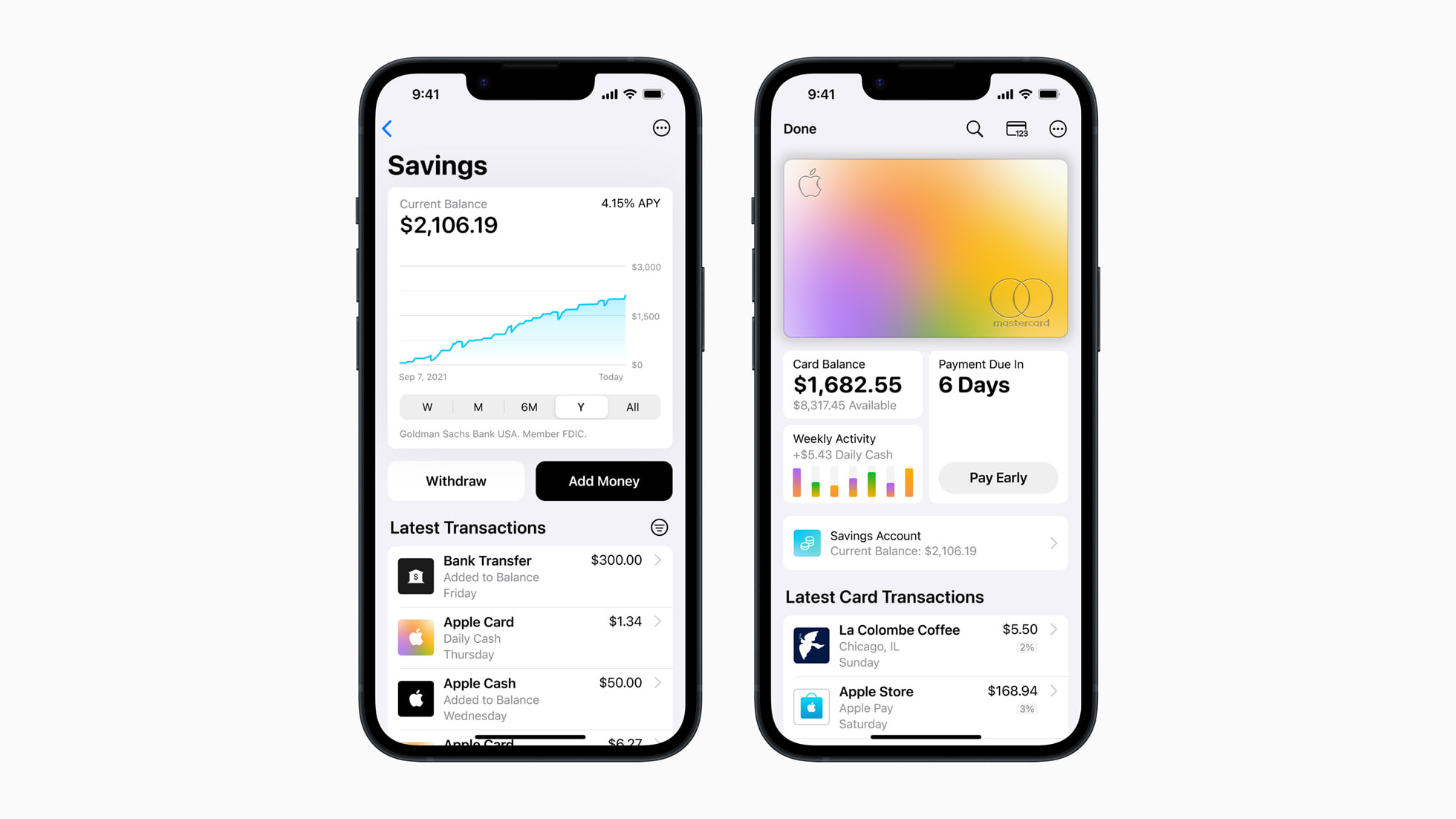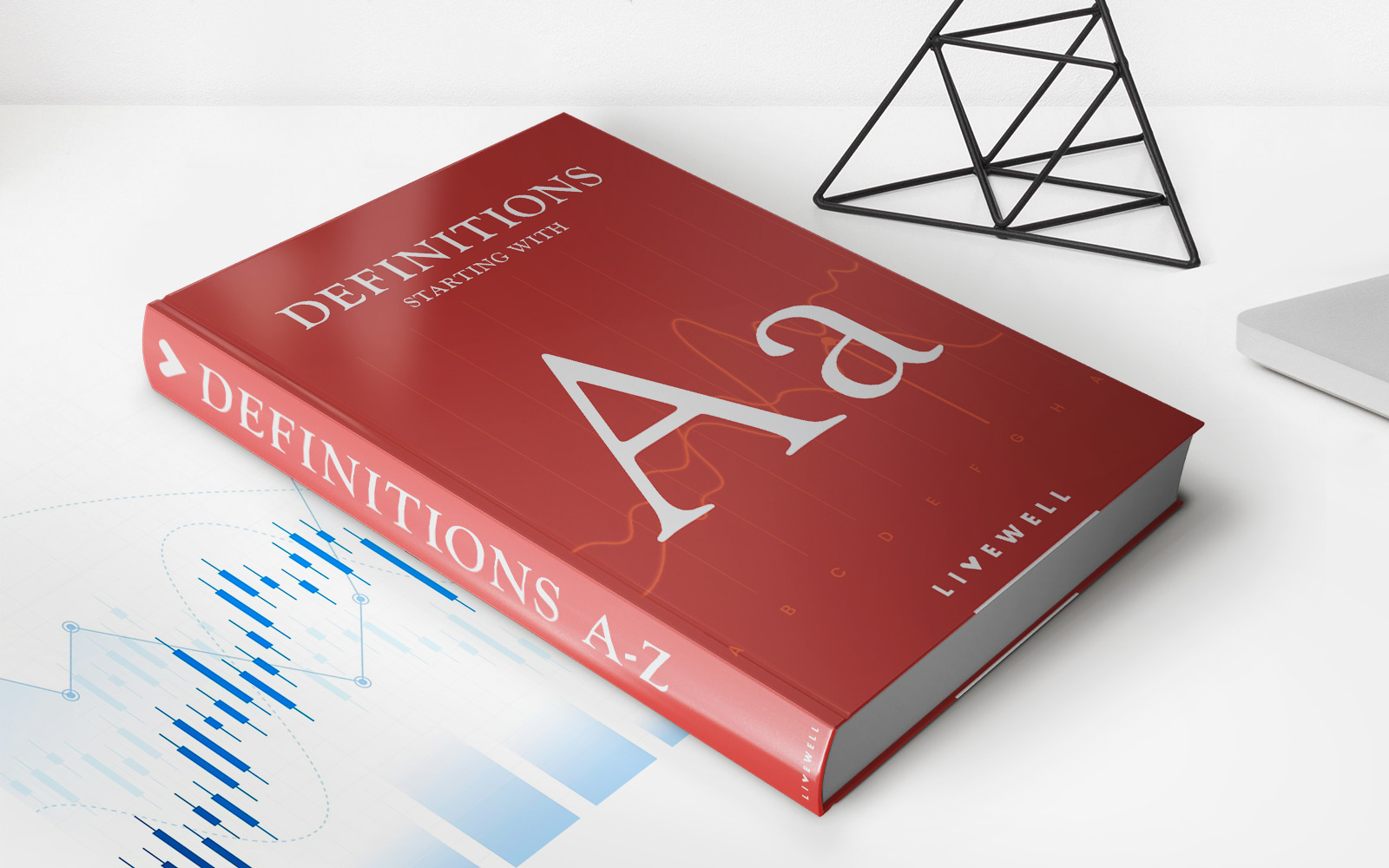

Finance
Automatic Rollover Definition
Published: October 11, 2023
Understand the concept of automatic rollover in finance and its implications. Learn how it affects your financial accounts and what you need to know to navigate these situations.
(Many of the links in this article redirect to a specific reviewed product. Your purchase of these products through affiliate links helps to generate commission for LiveWell, at no extra cost. Learn more)
Understanding Automatic Rollover Definition: What You Need to Know
Managing your finances can sometimes feel like navigating a maze. There are endless terms and concepts to understand, and one important aspect that you may come across is the automatic rollover. In this blog post, we will explore the automatic rollover definition and provide you with the necessary knowledge to grasp this finance concept.
Key Takeaways:
- An automatic rollover occurs when a financial institution moves your funds from one account or investment to another without your explicit consent.
- Automatic rollovers typically happen in situations where an account or investment has reached maturity or when specific conditions are met.
So, what exactly is an automatic rollover? In simple terms, an automatic rollover occurs when a financial institution moves your funds from one account or investment to another without your explicit consent. This can happen in various scenarios, such as when a certificate of deposit (CD) reaches its maturity date or when certain conditions are met within an investment program.
Automatic rollovers are typically designed to ensure that your funds continue to grow and work for you, even if you haven’t taken any action to transfer them to another investment option. They provide a convenient option for individuals who may not have the time or knowledge to actively manage their investments.
Here are some important points to keep in mind about automatic rollovers:
- Account Maturity: When a time-limited account, like a CD, reaches its maturity date, the financial institution may automatically roll over the funds into a new CD with a similar term and interest rate. This allows you to continue earning interest without having to manually transfer the funds.
- Investment Programs: Automatic rollovers can also occur within investment programs when specific conditions are met. For example, if you participate in a retirement plan and reach the age of required minimum distributions (RMDs), the plan may automatically roll over the funds from one investment option to another to comply with IRS regulations.
While automatic rollovers can be beneficial, it’s crucial to stay informed and review the terms and conditions of your accounts or investments. Here are a few things to consider:
- Interest Rates and Fees: Automatic rollovers may come with different interest rates and fees compared to your previous account or investment. It’s important to understand these changes and determine if they align with your financial goals.
- Investment Options: Take the opportunity to review the investment options available during an automatic rollover. Ensure they suit your risk tolerance and align with your long-term financial objectives.
- Communication: Stay in touch with your financial institution to ensure you are aware of upcoming automatic rollovers and have the chance to make any adjustments if needed.
Automatic rollovers can be a helpful feature for individuals looking to maximize their returns and simplify their financial management. Understanding the automatic rollover definition and considering the key points discussed in this blog post will help you make informed decisions about your finances.
Remember, it’s always recommended to consult with a financial advisor or expert who can provide personalized guidance based on your specific financial situation and goals.
For more information and resources on finance-related topics, make sure to explore our other blog posts in the “FINANCE” category.


